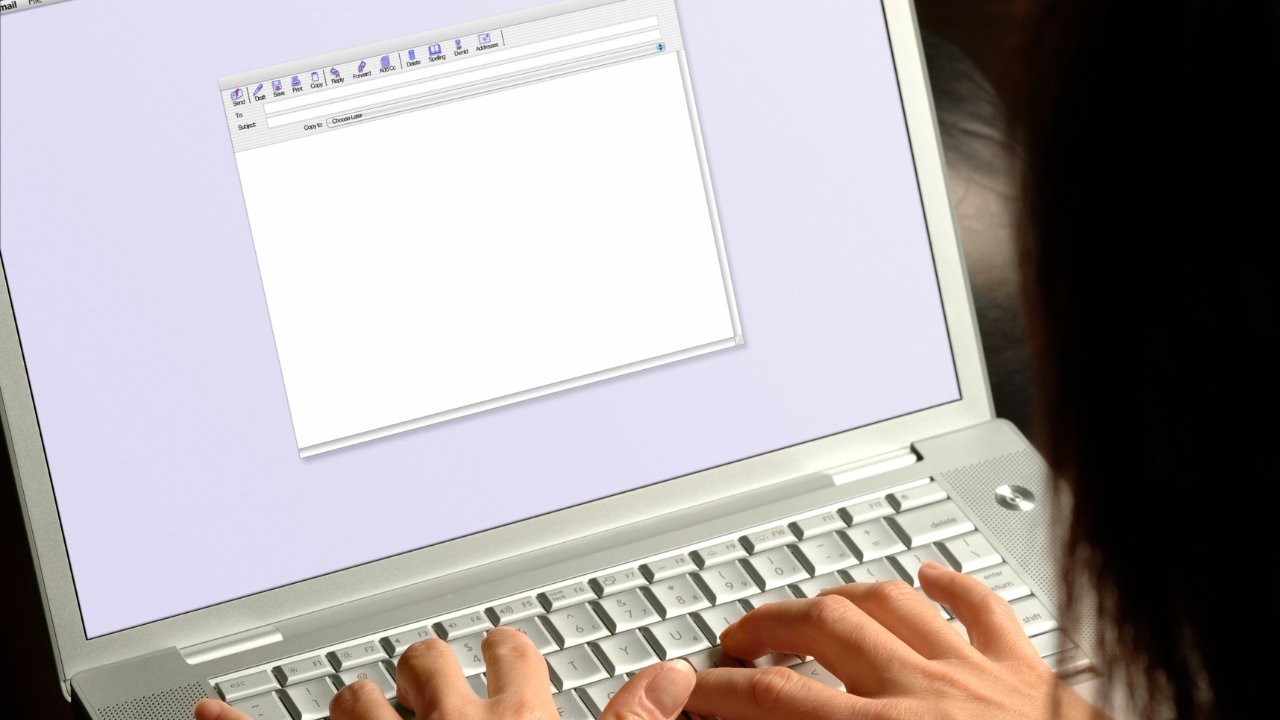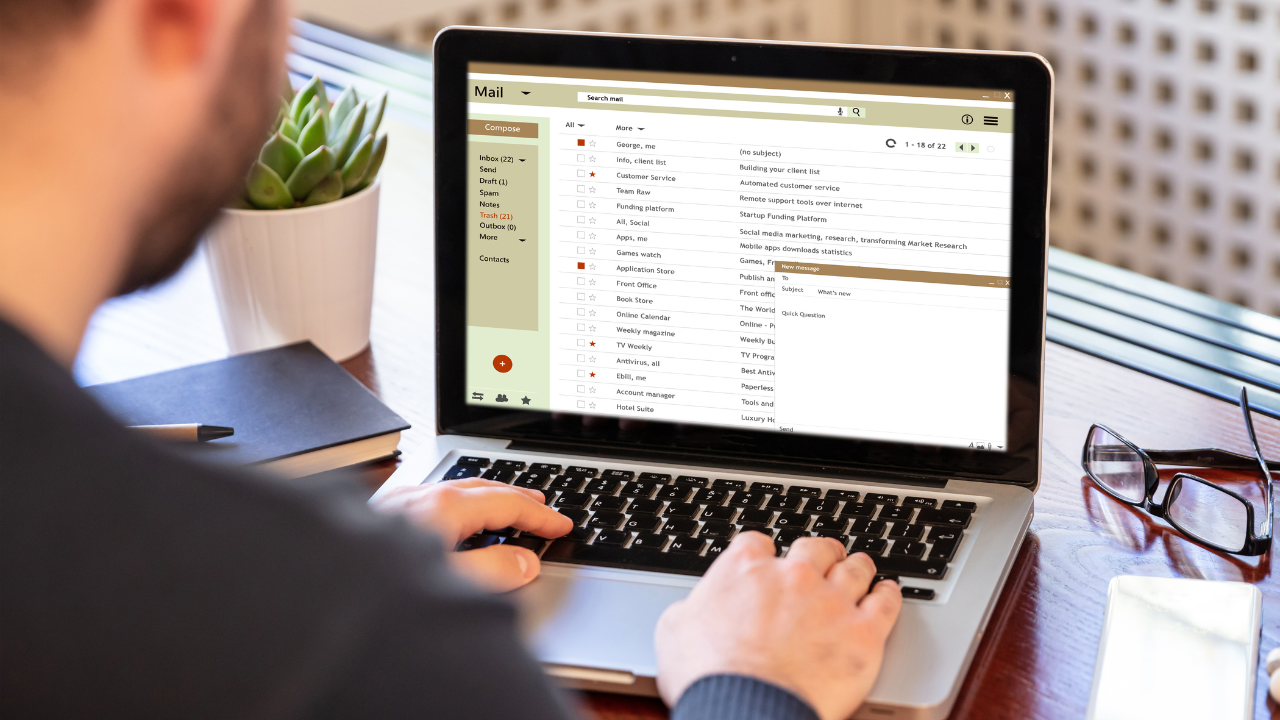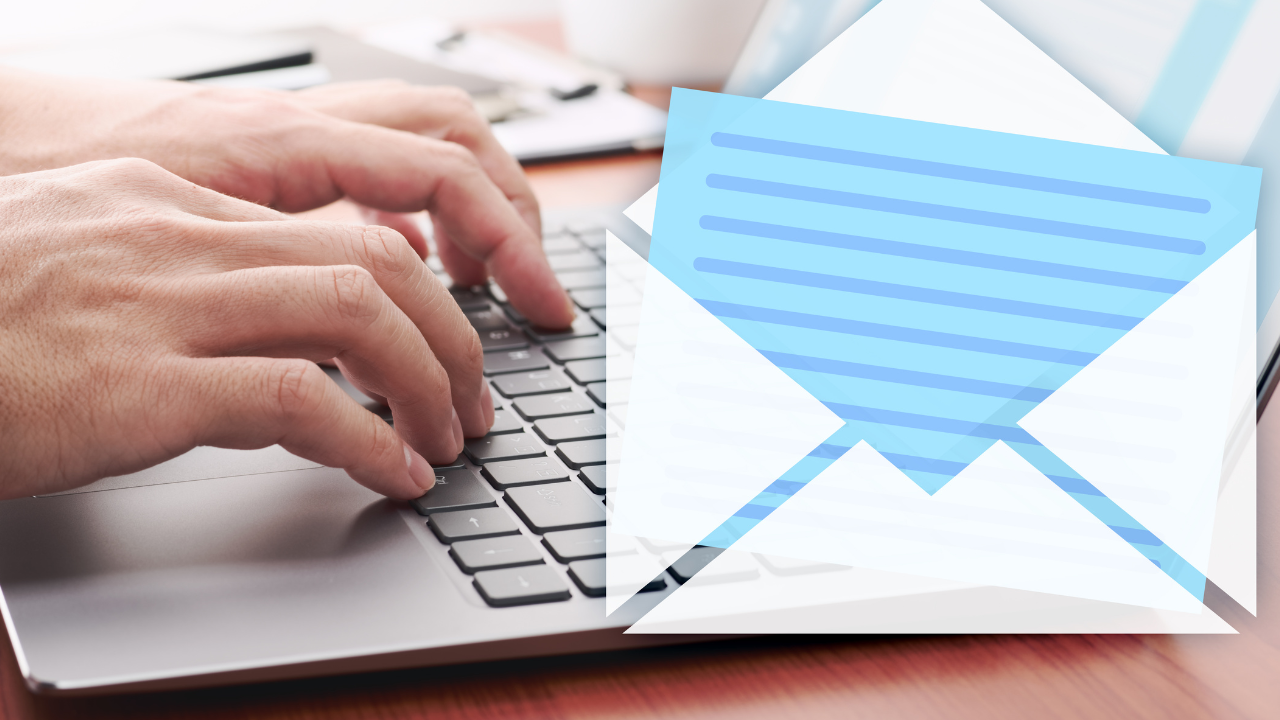Feature your business, services, products, events & news. Submit Website.
Breaking Top Featured Content:
Professional Ways to End an Email: Tips and Examples

Understanding how to end an email is as important as knowing how to start one. Crafting a strong closing and a professional email signature can significantly impact the impression you leave on your recipient.
In this article, we’ll examine different ways for you to close out emails effectively and leave that memorable impact you’re looking for! Let’s get started!
Why Are Email Sign-Offs Important?
Email sign-offs, often overlooked, play a crucial role in the way our communications are perceived. These closing remarks are the concluding touch to your message, much like the closing act of a play.
Not only do they encapsulate the tone of your email, but they also have the power to reinforce your message or clarify your intent.
A well-crafted sign-off can bolster your image as a professional, while an inappropriate or hasty one can undermine even the most well-composed content.
Essentially, it’s your final opportunity to leave a lasting, positive impression, drive home a particular point, or even pave the way for future interactions.
- They are the last thing the recipient sees.
- Creates a lasting impression.
- Emphasizes calls to action or future correspondence.
- Projects professionalism and organization.
READ MORE: Take an Email Marketing Course to Improve Your Small Business

How to Write Professional Email Closings
When writing emails, having a professional closing is not something you can afford to overlook or add as an afterthought. Here are some things you should include in your email closings:
- Proper salutation addressing the recipient by name.
- Expression of appreciation.
- Being concise and clear.
- Providing details for follow-up if necessary.
A Proper Salutation
Selecting a fitting salutation is like choosing the right attire for an event; it needs to match the occasion and audience. Addressing the recipient with their name adds a personal touch and shows respect.
When necessary, incorporating formal titles demonstrates that you recognize and respect their position, creating a more favorable impression.
Express Your Appreciation
In today’s fast-paced world, time is a valued commodity. Recognizing this by expressing gratitude for the recipient’s time or assistance not only reflects good manners but can also foster a positive relationship.
A straightforward acknowledgment can foster a connection, making recipients more open to your future requests or messages.
Be Concise
In your concluding remarks, clarity and brevity are your allies. While it’s important to be warm and polite, it’s equally vital to be succinct. Overly lengthy or ambiguous endings can dilute the primary message and potentially lead to misunderstandings.
Therefore, it’s pivotal to strike a balance, ensuring your sign-off is both courteous and concise, leaving no room for misinterpretation.
Follow Up If Necessary
In any professional exchange, laying out the next steps clearly is vital. Especially in emails where you’re expecting some form of return communication, it’s imperative to specify the mode and means of further engagement.
Whether it’s a reminder about an impending meeting or an acknowledgment of receipt, be upfront about what you expect next.
Clearly mentioning how you can be reached—like including a direct line, an alternate email address, or even suggesting suitable time frames for a call—makes it easier for the recipient to revert, ensuring a smoother flow of communication.

Effective Email Closing Template
A robust email closing can significantly impact the recipient’s perception and response. While the essence of the message is crucial, the way it’s wrapped up also matters.
Depending on the nature of your correspondence – be it professional, casual, authoritative, or friendly – your closing can vary.
In professional contexts, you might emphasize a specific request or reiterate a deadline. Conversely, casual exchanges may allow for more relaxed and personal sign-offs.
A universally accepted and versatile closure is “Best regards,” which seamlessly fits a range of contexts from the most formal business communications to friendly emails.
However, it’s always beneficial to have a repertoire of closing lines, allowing you to tailor your sign-off to each unique situation, thus making each email more impactful.

More Email Ending Examples
In addition to “Best regards,” there are numerous other professional email closing examples you can consider. Here are some of the most commonly used:
Respectfully
This closing is best suited for individuals who wish to express respect and admiration for their recipient. You can use “Respectfully” when communicating with someone in a professional capacity, like a professor or employer.
Sincerely
This is a classic closing that can be used for any sort of communication. It conveys a sense of sincerity, which is why it’s often used when sending out job applications or other professional correspondence.
Regards
This is a safe option when you want to keep the tone of your email formal yet friendly. It gives the recipient a sense of warmth and appreciation. This ending is often used in both business and personal emails.
All the best
This ending is a great choice for informal emails between close acquaintances. It conveys a sense of optimism and good wishes for the recipient’s future. Using this sign-off also shows that you care about the recipient’s well-being.
Warmly
If you want to leave your recipient with a positive and upbeat feeling, this is the perfect ending. It conveys a sense of warmth and friendship, so it is appropriate for those who are writing to family members or close friends.
Warm regards
This email closing is perfect for those who want to end with a polite yet friendly tone. It conveys respect and admiration, which can be helpful when writing to someone you are not very familiar with.
Take care
This closing phrase can be used when sending emails to close friends or family members. It conveys a sense of care and concern for the recipient, which is great for those special relationships.
Thank you
This ending conveys appreciation and gratitude for not only reading the email but for taking action or providing help. It’s always nice to thank someone for their time and effort because it shows that you value their help.
Thanks
With this ending, you can express your gratitude for the recipient’s time and support. It’s an appropriate way to end emails when you are asking for something or if they have gone above and beyond in helping you out.
Best
Saying “Best” is a great way to emphasize the importance of your message without being too formal. It shows that you value the recipient’s opinion and that you are confident in their abilities to make the best decision.
Cheers
This ending phrase is perfect for informal emails and can be used to express enthusiasm. It conveys a sense of excitement and joy, which is great for those emails that are more light-hearted in nature.
Looking forward to hearing from you
This closing can be used when you are expecting a response from the recipient. It implies that you are eager to hear from them and shows that you are looking forward to the conversation. It also shows that you are interested in their opinion.
Best regards
Here’s a classic and professional ending that can be used for any type of email. It conveys a sense of respect and admiration for the recipient, which is why it’s often used in formal correspondence. This ending also shows that you appreciate your recipient’s time and efforts.
Kind regards
This one is similar to “Best regards” but is slightly more formal. It shows that you have a level of respect for the recipient and it conveys a sense of warmth and friendliness. It’s perfect for emails where you want to be polite yet friendly.
Cordially
This closing is perfect for formal emails, especially those containing a request. It conveys a sense of politeness and respect and implies that you value the recipient’s time. It can also be used for emails where you are asking for help or advice.
It has been a pleasure
If you had a pleasant interaction with your recipient, this is a great way to end the email. A simple phrase like “It has been a pleasure” or “It was great to hear from you” can go a long way in conveying your appreciation.
Thank you in advance
This phrase conveys your expectations of a positive response from the recipient. It is a polite way to ask for help or assistance and shows that you understand the value of their time and effort.
Will follow up with more information soon
This ending is perfect for those who need to provide further information at a later date. It shows that you are organized and prepared, which is always a plus.
I look forward to seeing you soon
This closing phrase is perfect for those who have a meeting approaching or will be in contact with the recipient again soon. You can use it to express your anticipation and excitement, which can be a nice way to end the email.

Appropriate Email Closings
Choosing the right email closing often hinges on the nature of your correspondence. Here is a guide that classifies common email sign-offs according to the type of communication:
| Type of Correspondence | Suggested Email Closings |
|---|---|
| Professional | Respectfully, Sincerely, Regards, Cordially |
| Personal | All the Best, Warmly, Take Care, Cheers |
| Any | Sincerely, Regards, Thank You, Best |
| Informal | Cheers, Looking forward to hearing from you |
| Formal Requests | Cordially, Thank you in advance |
READ MORE: Best 30 Examples of Holiday Greetings for Business Owners
Tips for How to End an Email Professionally
Writing professional emails can be challenging, but by following a few simple tips you can make sure that your email ends with the perfect closing. Here are some tips to help you out:
- Be mindful of the tone
- Be conscious of word choice
- Keep it brief
- Proofread for errors
- End with a call to action
- Include a professional email signature

Be mindful of the tone
The tone of your email establishes the basis for how the recipient perceives your message. Regardless of whether you have a close relationship, are merely acquaintances, or maintain a strictly professional connection, it’s important that the tone is appropriate for the context.
A mismatched tone can lead to misinterpretation, potentially straining relations or confusing the recipient.
Be conscious of word choice
Words carry weight. The ones you choose can be the difference between clarity and confusion, agreement and disagreement. Picking the right terms ensures that your message is not only understood but also well-received.
Ambiguity can lead to unnecessary back-and-forths, so precise language aids efficiency.
Keep it brief
While details are important, a rambling conclusion can cloud the core message. Concision in your sign-off is crucial. Aim for clarity and simplicity, ensuring the recipient leaves with a clear understanding and not a burden of extraneous details.
Proofread
Errors, be it grammatical or typographical, can detract from your message’s credibility. A hastily written email with mistakes might be perceived as careless or unprofessional. Taking a few moments to review and correct any errors is time well spent.
End with a call to action
If you want a specific response or action, make it clear. Whether you’re seeking feedback, answers, or any other response, a clear call to action provides direction and can expedite the desired outcome.
Include an email signature
A comprehensive signature not only adds a professional touch but also offers convenience to the recipient. By including pertinent details like your designation, company, and contact details, you’re facilitating an easier route for follow-ups or future correspondence.

How Do You Politely End a Business Email?
A courteous closing for a business email should reflect the nature of your relationship with the recipient. In formal emails, it’s advisable to use a respectful sign-off like “Sincerely” or “Regards.” This is especially important when considering how to end an email effectively.
For more casual emails, you can use something like “Warmly” or “Take care.” Whatever sign-offs you choose, make sure it is appropriate for the type of communication and conveys the right tone.
What Is the Best Email Sign Off?
The best email sign-off should be professional yet convey a sense of warmth or friendliness. Depending on the relationship with the recipient, the sign-off you choose can vary.
Some of the most popular and professional email sign-offs include “Best regards,” “Sincerely,” “Regards,” “Warmly,” “Take care,” and “Thank you.”
No matter what sign-off you choose, make sure it is appropriate for the tone of the email and conveys the message you want to send.
Image: Envato Elements
This article, “Professional Ways to End an Email: Tips and Examples” was first published on Small Business Trends
